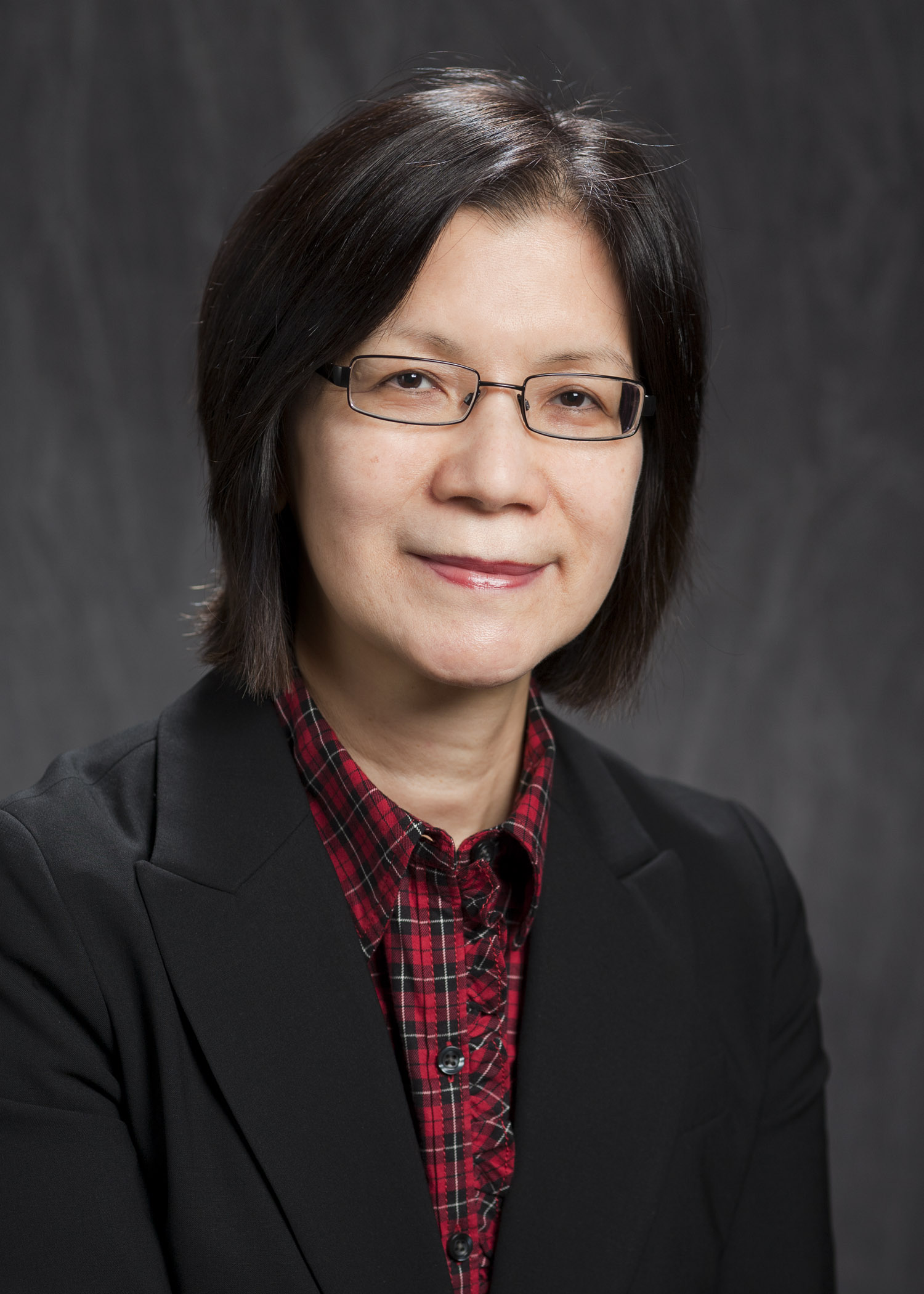LSU Researchers Receive $1.1M to Create Cyberinfrastructure to Improve Disaster Resilience
October 06, 2023

Department of Environmental Sciences & Abraham Distinguished Professor of Louisiana Environmental Studies Nina Lam
BATON ROUGE - In the quest to build more disaster resilient communities, good data is a powerful tool. But while information on everything from climate to cell phone usage is available today, finding the right data in a usable format presents an obstacle for many researchers.
A new, $1.1 million grant from the National Science Foundation seeks to create the infrastructure necessary to put this kind of information at researchers’ fingertips.
Department of Environmental Sciences Professor Nina Lam and Kisung Lee, an associate professor in the Department of Computer Science and Engineering, are creating a suite of databases, analytical and training tools they call Human Dynamics and Resilience Infrastructure.
Once completed, this cyberinfrastructure will help researchers working in climate resiliency locate and understand needed data more quickly and easily. The grant provides $500,000 to LSU with the rest being shared amongst collaborating universities.
“The theme here is disaster resilience. This project aims to gather the data that are that are so needed for studying human dynamics,” Lam said. “How do people respond when a major event, like a flood or an earthquake, happens? Why do they go from one place to another?”
Lee noted the scope of the project is designed to facilitate real-world needs. "This cyberinfrastructure project will integrate various large-scale next-generation datasets and develop analytical tools for researchers, practitioners, and the public to visualize and make decisions regarding human dynamics and resilience. I expect that knowledge gained from using our cyberinfrastructure will allow policy makers to make more informed decisions to increase community resilience."
Lam emphasized this was a cyberinfrastructure project, meaning that, once completed, it is meant to provide an ongoing resource—a sort of one-stop-shop of data gleaned a variety of sources, from cell phones to census data. Because much of this data comes in different forms and at different rates, the project also includes tools to help researchers to analyze and visual all different forms quickly and easily.
“The project is unique because we take both traditional data, like census information, and data from social media, which is very dynamic, and we are able to input them in in a way that they can be analyzed together,“ Lam said.
Lam and her team will use innovative methods to develop the four major components of the project. They will include four databases of integrated data, including cell phone and social media, and also different visualization and analytical tools, such maps, statistics and dynamic modeling, for researchers to use. There will be a training and feedback module, and case studies to help demonstrate how the infrastructure can lead to new knowledge about human mobility and resilience.
Lam and Lee will be collaborating with researchers from Dr. Yi Qiang of University of South Florida, Drs. Lei Zou and Heng Cai at Texas A&M University, and Saint Louis University’s Dr. Kenan Li. She noted all are former graduate students and postdocs from the LSU Department of Environmental Sciences.